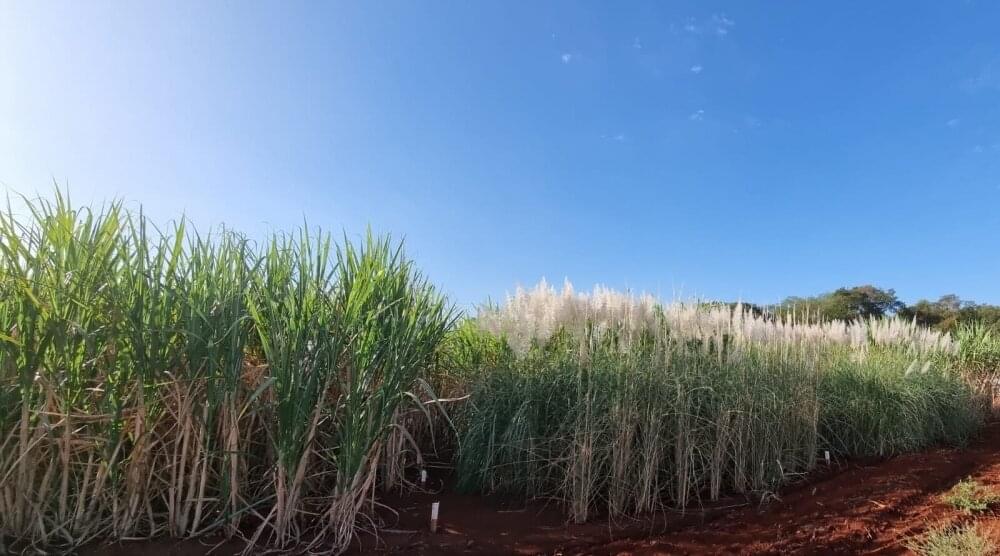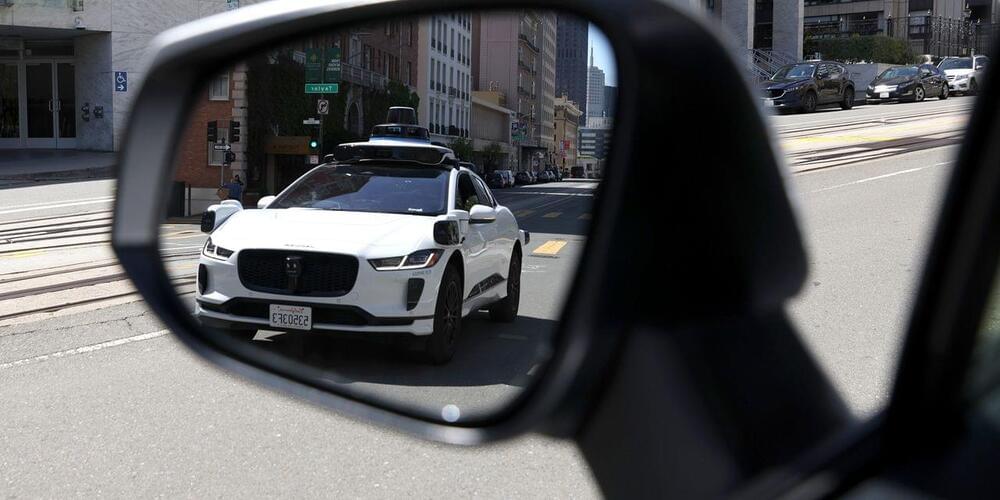The Pillars of Creation, revisited.
The James Webb Space Telescope recaptured the Pillars of Creation in a newly-released photo, revealing a star-studded view of the iconic Hubble target.

Check out The Peripheral on October 21 on Prime Video here: https://www.amazon.com/gp/video/detail/B0B8THR762/ref=atv_dp…atfound-20.
#ThePeripheral.
@PrimeVideo.
#PrimeVideoCreator.
In this video, we explore if future bending is possible.
Shop the Action Lab Science Gear here: https://theactionlab.com/
Checkout my experiment book: https://amzn.to/2Wf07x1
Twitter: https://twitter.com/theactionlabman.
Facebook: https://www.facebook.com/theactionlabofficial/
Instagram: https://www.instagram.com/therealactionlab/
Snap: https://story.snapchat.com/p/d6633292-e115-4583-897d…1378288640
Tik Tok: https://www.tiktok.com/@theactionlabshorts

Discovery of intriguing material behavior at small scales could reduce energy demands for computing.
As electronic devices become smaller and smaller, the materials that power them need to become thinner and thinner. Because of this, one of the key challenges scientists face in developing next-generation energy-efficient electronics is discovering materials that can maintain special electronic properties at an ultrathin size.
Advanced materials known as ferroelectrics present a promising solution to help lower the power consumed by the ultrasmall electronic devices found in cell phones and computers. Ferroelectrics—the electrical analog to ferromagnets—are a class of materials in which some of the atoms are arranged off-center, leading to a spontaneous internal electric charge or polarization. This internal polarization can reverse its direction when scientists expose the material to an external voltage. This offers great promise for ultralow-power microelectronics.

A Brazilian study published in Scientific Reports shows that artificial intelligence (AI) can be used to create efficient models for genomic selection of sugarcane and forage grass varieties and predict their performance in the field on the basis of their DNA.
In terms of accuracy compared with traditional breeding techniques, the proposed methodology improved predictive power by more than 50%. This is the first time a highly efficient genomic selection method based on machine learning has been proposed for polyploid plants (in which cells have more than two complete sets of chromosomes), including the grasses studied.
Machine learning is a branch of AI and computer science involving statistics and optimization, with countless applications. Its main goal is to create algorithms that automatically extract patterns from datasets. It can be used to predict the performance of a plant, including whether it will be resistant to or tolerant of biotic stresses such as pests and diseases caused by insects, nematodes, fungi or bacteria, and or abiotic stresses such as cold, drought, salinity or insufficient soil nutrients.



A major internet subsea fiber cable in the South of France was severed yesterday at 20:30 UTC, causing connectivity problems in Europe, Asia, and the United States, including data packet losses and increased website response latency.
Cloud security company Zscaler reports that they made routing adjustments to mitigate the impact. However, users still face problems due to app and content providers routing traffic through the impacted paths.
“Zscaler is working with the content providers to have them influence their portion of the path,” reads a notice from Zscaler.

Thanks to its mild climate, expansive highway network, and lax regulations, Texas has become the country’s proving ground for driverless trucks. From cargo to produce, goods have been traveling the state’s highways partially driver-free (the trucks aim to use autonomous mode on highways, but safety drivers take over to navigate city streets) for a couple of years already. Now there’s another type of cargo traveling through Texas via autonomous trucks: furniture. This week Kodiak Robotics announced a partnership to transport IKEA products using a heavy-duty self-driving truck.
Kodiak has been moving furniture and other IKEA goods since August, but the companies carried out a testing period before making the agreement public. The route runs from an IKEA distribution center in Baytown, east of Houstin, to a store in Frisco, 290 miles away just north of Dallas. It’s mostly a straight shot on highway 45.
Like the self-driving trucks that’ve come before it, the vehicle has a safety driver on board. He or she picks up loaded trailers at the distribution center in the morning and provides driving help where needed, reaching the store by late afternoon; it’s about a five-hour drive in a car, so a bit more in a heavy-duty truck.

Track is more avant-garde than singalong, but is futuristic, nevertheless. Words are quite a limited medium for communication, and I have adopted “Passing Human Knowledge” as a slogan for the Posthuman University because of the multiple ambiguities. Are we “passing on” knowledge; or passing as in superseding, overtaking, going past? Or are we reducing and ultimately finishing off human era thought, passing away? Or maybe ‘passing’ as in examination; passing or failing human academic and religious so-called knowledge? Detail from C19th Tibetan tsakli. I have updated the website https://posthuman-university.org
Listen to Passing Human Knowledge.

Alzheimer’s disease is a brain disorder that slowly destroys memory and thinking skills and, eventually, the ability to carry out the simplest tasks. In most people with the disease — those with the late-onset type symptoms first appear in their mid-60s. In a study from Brigham and Women’s Hospital, scientists found a new contributor to Alzheimer’s disease.